This post is part of a virtual book tour organized by Goddess Fish Promotions. Claudia Riess will be awarding a $50 Amazon or BN GC to a randomly drawn commenter via rafflecopter during the tour. Click on the tour banner to see the other stops on the tour.
The hardest part about writing is planting myself in my desk chair and raising the lid of my computer when I’m not viscerally compelled to do so. When I know exactly where a scene is headed and how my characters are about to interact, there’s no problem: I’m already typing in the air before I even log in.
Luckily, the problem has largely been eliminated. Instead of sitting down cold at the computer, I now take a couple of preparatory steps, so that there’s an actual transitioning from the state of Not Writing to Writing. I’ve found that when a ritual series of events is initiated, after a while the end (desired) event flows naturally from it, requiring no prodding or coercion.
Here’s a typical ritual. First, I sort through the papers on my desk with notes on upcoming chapters. Some notes are scrawled on sheets torn from legal pads. Others are typed dialogue or expository bits. I separate the notes dealing with the chapter either in the works or about to start from all the upcoming chapters with a colored folder. Next, I arrange the notes in the order I anticipate their subjects will arise. After that, if there’s an upcoming historical, geographical, academic, environmental issue that requires a bit of research (the major research has already been done), I’ll Google it. (An example: My characters will shortly be boarding a private jet. I’ve never been on or close to a private jet. I look up the subject. Study the photos; read the technical matter on dimensions, propulsion, flight staff.)
The penultimate step, and maybe the most important because it’s just about as close to Pavlovian stimulus-response as it gets, is this: I prepare a hot beverage, usually tea, sometimes cocoa, and place it on a coaster in the open side-drawer of my desk (there’s no room on the top of my desk). The last step is virtually as instinctive as a dancer’s practiced leap: my body places itself in the desk chair; my fingers pinch the lid of my MacBook then raise it.
I take a sip of the beverage. I type my password and click open the doc entitled Knight Light. The higher functions of my brain kick in and I’m on my way. Sometimes I become too engrossed to ever getting around to taking a second sip.
Academic sleuths Erika Shawn, art magazine editor, and Harrison Wheatley, a more seasoned art history professor, set out to tackle a brain teaser. This time the couple—married since their encounter in Stolen Light, first in the series—attempt to crack the long un-deciphered code of art forger Eric Hebborn (1934-1996), which promises to reveal the whereabouts of a number of his brilliant Old Master counterfeits. (Hebborn, in real life, was a mischievous sort, who had a fascination with letters and a love-hate relationship with art authenticators. I felt compelled to devise a puzzler on his behalf!) After publication of his memoir, Drawn to Trouble, published in 1991, he encrypts two copies with clues to the treasure hunt. On each of the title pages, he pens a tantalizing explanatory letter. One copy he sends to an art expert; the second, he releases into general circulation. The catch: both books are needed to decipher the code.
When the books are at last united 25 years later, Erik and Harrison are enlisted to help unearth their hidden messages. But when several research aides are brutally murdered, the academic challenge leads to far darker mysteries in the clandestine world of art crime. As the couple navigate this sinister world, both their courage under fire and the stability of their relationship are tested.
Enjoy an Excerpt
Owen Grant was ebullient—“ripped with joy,” his beloved wife might have said. He smiled, remembering the flutter of her eyelids that accompanied her minted phrases. Now that she had died and his arthritis no longer permitted him to jog up a sweat, he satisfied his lust for life—which remained, five years after retirement, as vigorous as it had been in his teens—with voracious reading and clay sculpting. Today, however, he satisfied it with the Art and Antiques article that had set his heart racing when he’d come across it this morning while sifting through his mail. He stole another glance at the newsletter on the kitchen table. In the article, a used and rare book shop owner spoke about having acquired a copy of a memoir by Eric Hebborn, the infamous art forger. “It was in a carton I picked up at an estate sale,” the owner had said. “The author’s handwritten note on the title page literally blew my mind!”
Hebborn’s note was displayed in a photograph. Owen had recognized the handwriting at once. Imagine, after decades of searching for this copy of the book—placing ads in all the art magazines, later in their online versions, finally giving up—proof of it had fallen into his life as he was about to venture another sip of his scalding morning coffee.
Now it was 8:30 p.m., and there was nothing more to prepare for. Owen had contacted the shop owner—how young and breathless she had sounded!—and they had made plans to meet. He had invited his longtime friend and colleague, Randall Gray, to collaborate with him. Randall, twenty years his junior and still in the game, was more current in his knowledge of the world of art crime and eager to have a look at the book as well. Owen was on a skittering high, unable to concentrate on his usual avocations. Rather than wear a hole in the carpet pacing in circles, he opted for a walk in Central Park.
He headed for the nearest pedestrian entrance at Fifth Avenue and 72nd Street, two blocks from his luxury apartment building on 74th. There, he chose the rambling path leading to the Lake and Loeb Boathouse. It was a balmy night, on the warm side for mid-April. He might have stepped out in his shirtsleeves, but his conditioned urbanity, always at odds with his truer self, had held sway, and he had worn his suit jacket.
Aside from the couple strolling up ahead and the sound of laughter coming from somewhere south, Owen was alone. There had been an uptick of muggings lately, but his frisson of fear only piqued his excitement for the adventure shimmering on the horizon. As he walked, he silently chatted with his wife, Dotty, as he often did, so that their separation would not be absolute. He commented on the moonless night and looked up, for both of them, at the rarely visible canopy of stars. For a few seconds he was lost with her, until, without warning, he felt a hard object pressed against the back of his skull—the skull that held all memories, like Dotty’s fluttering eyelids and the smell of new clay. He knew what the object was without ever having touched one. He was a man of reason, not a fighter. He flung up his hands. “I have money. Let me get to it.”
There was no response. He reached into his pocket for his wallet—how warm the leather was against his thigh—and his keys jangled of homecomings, and the child in him whimpered please no, before the explosive pop of a champagne cork ended him and Dotty and all the rest of it.
About the Author:
Claudia Riess, a Vassar graduate, has worked in the editorial departments of The New Yorker and Holt, Rinehart, and Winston and has edited several art history monographs.
Buy the book for only $0.99 at Amazon.



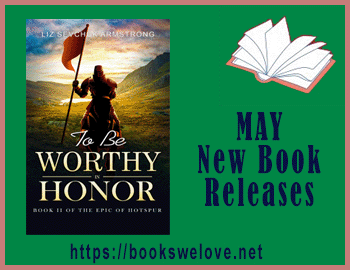

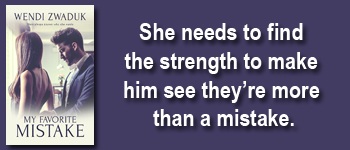


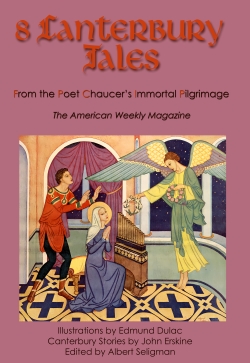
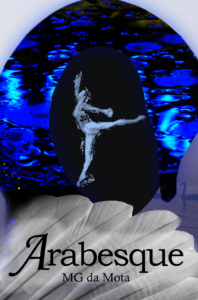
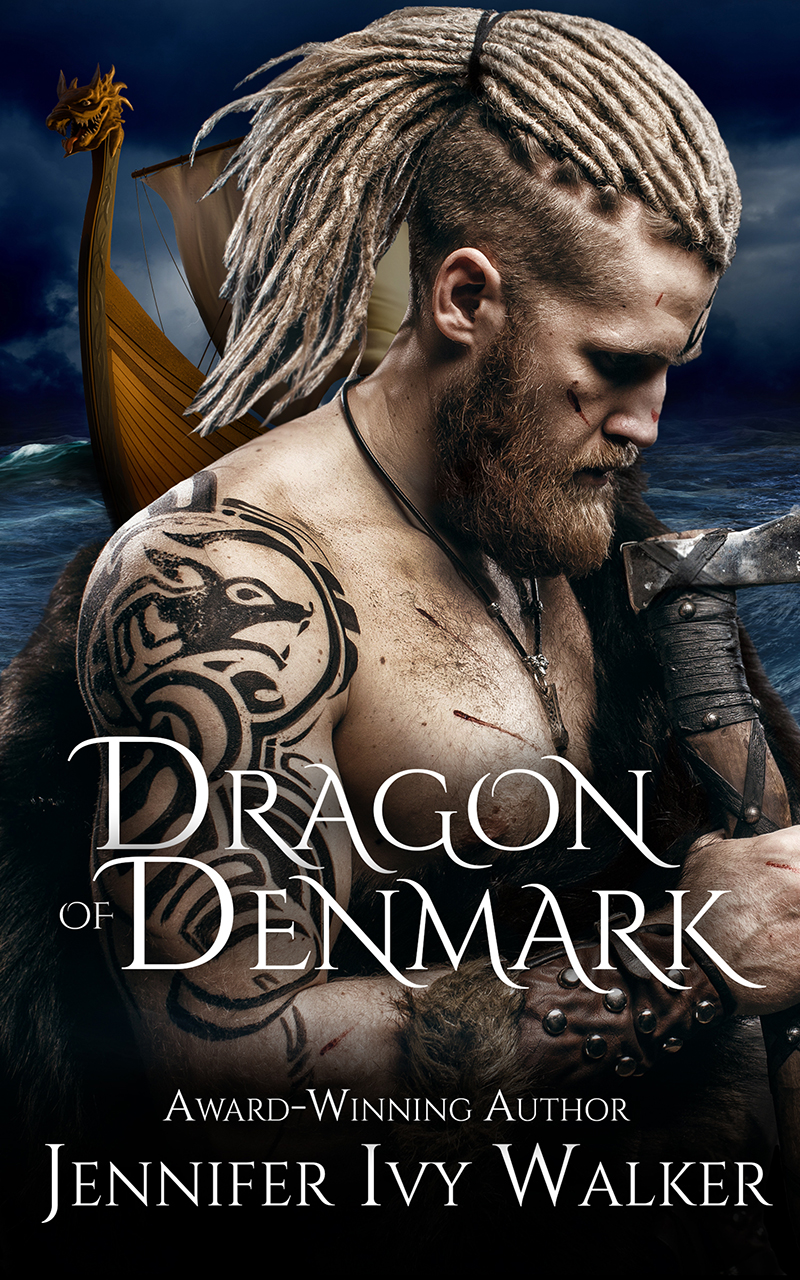
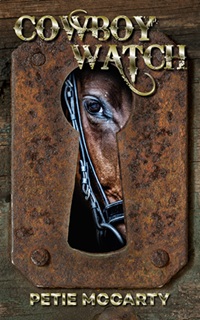
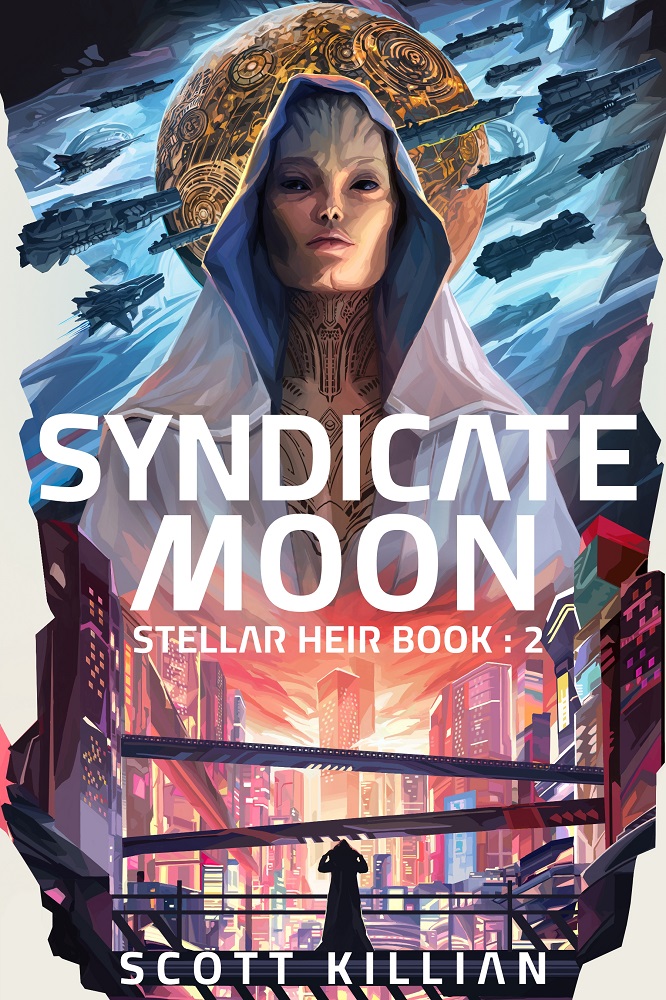
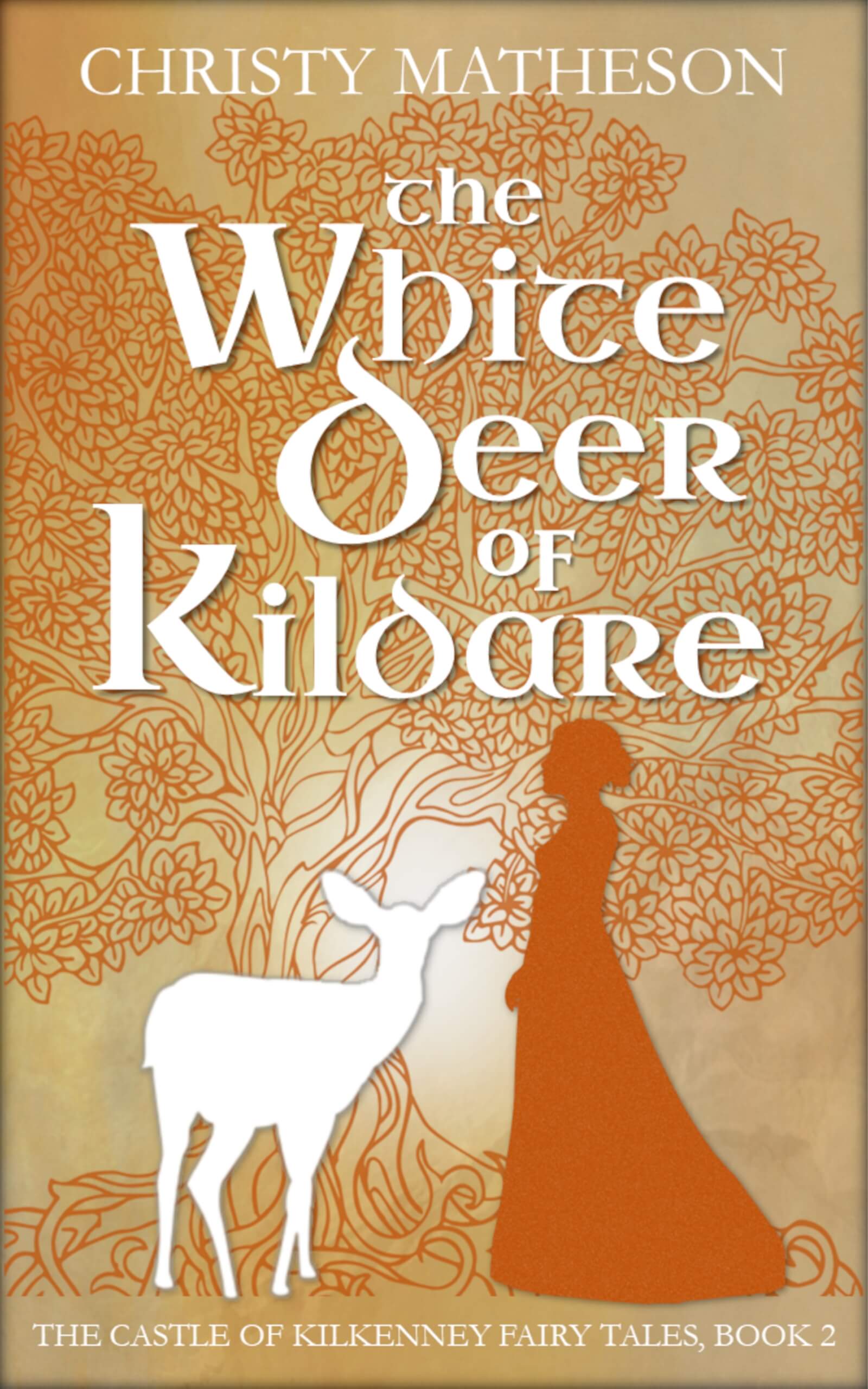
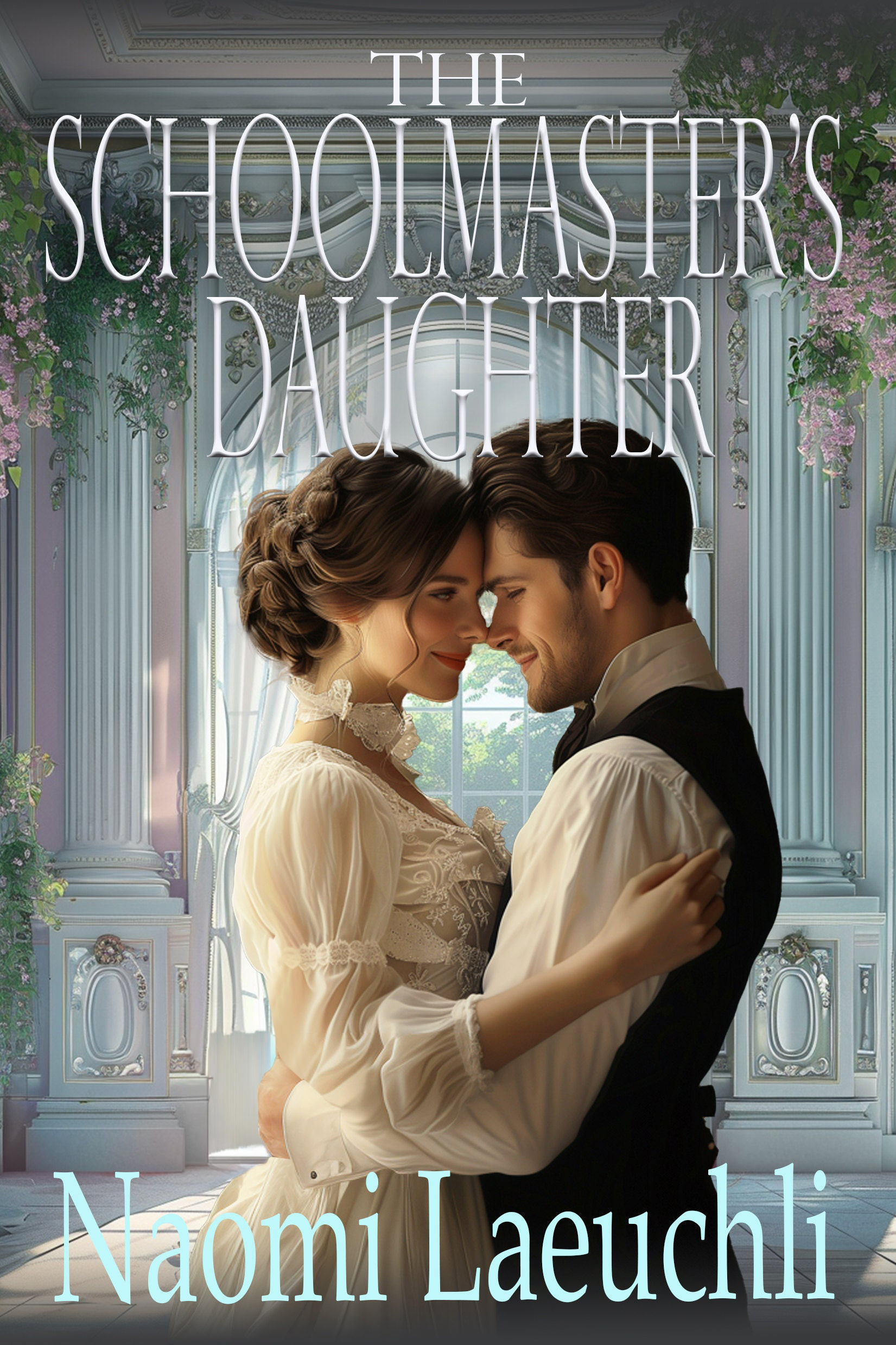
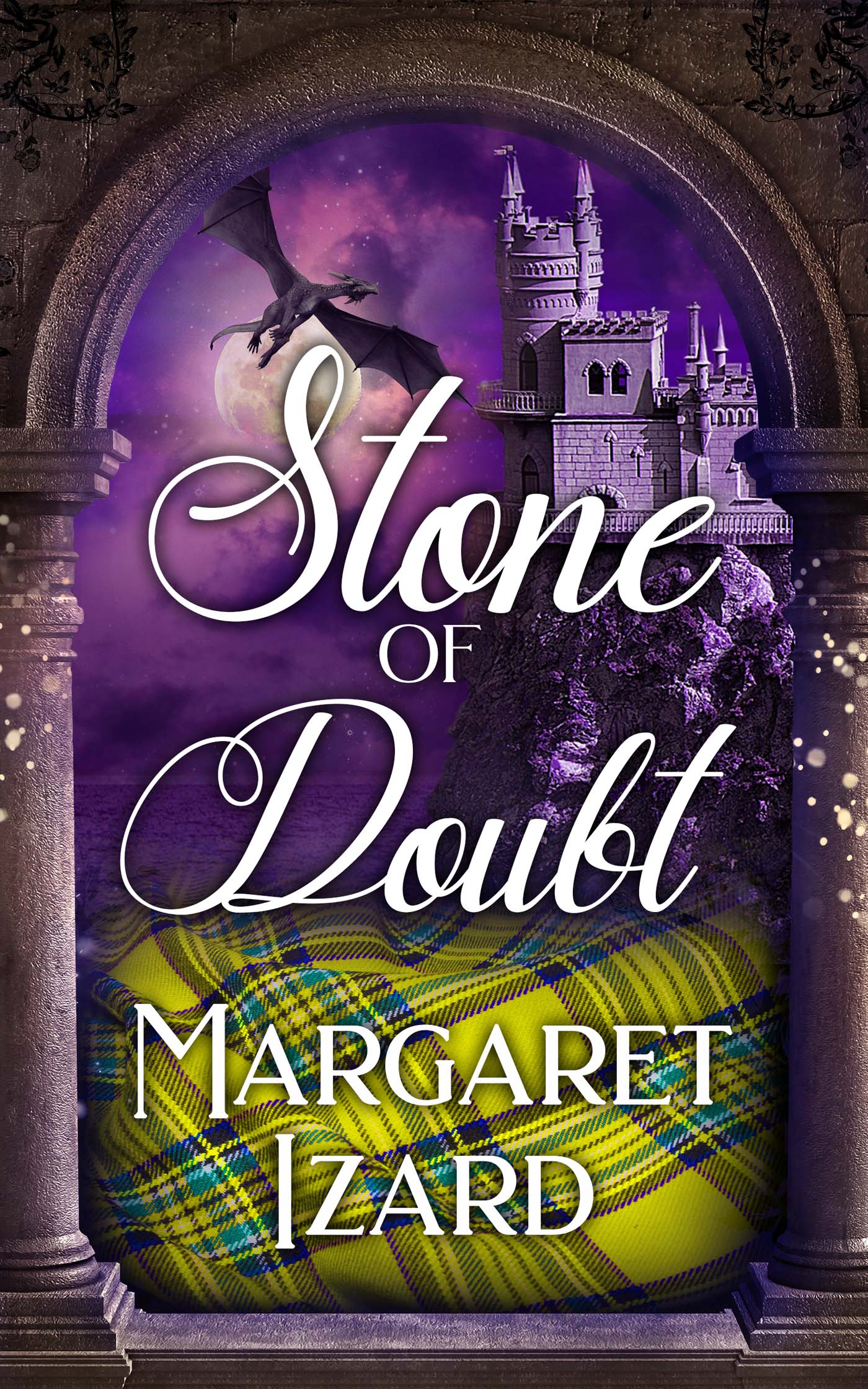
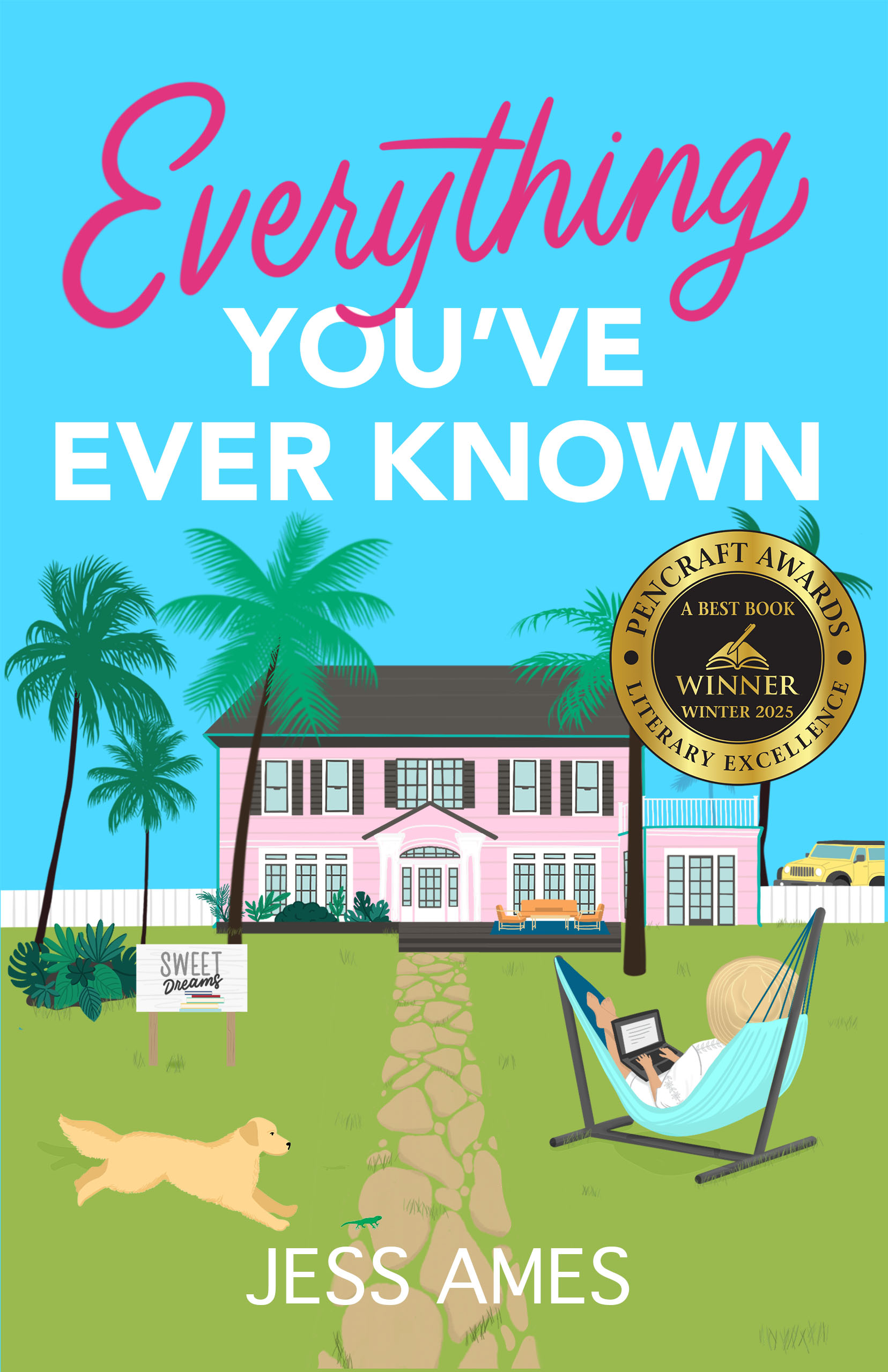
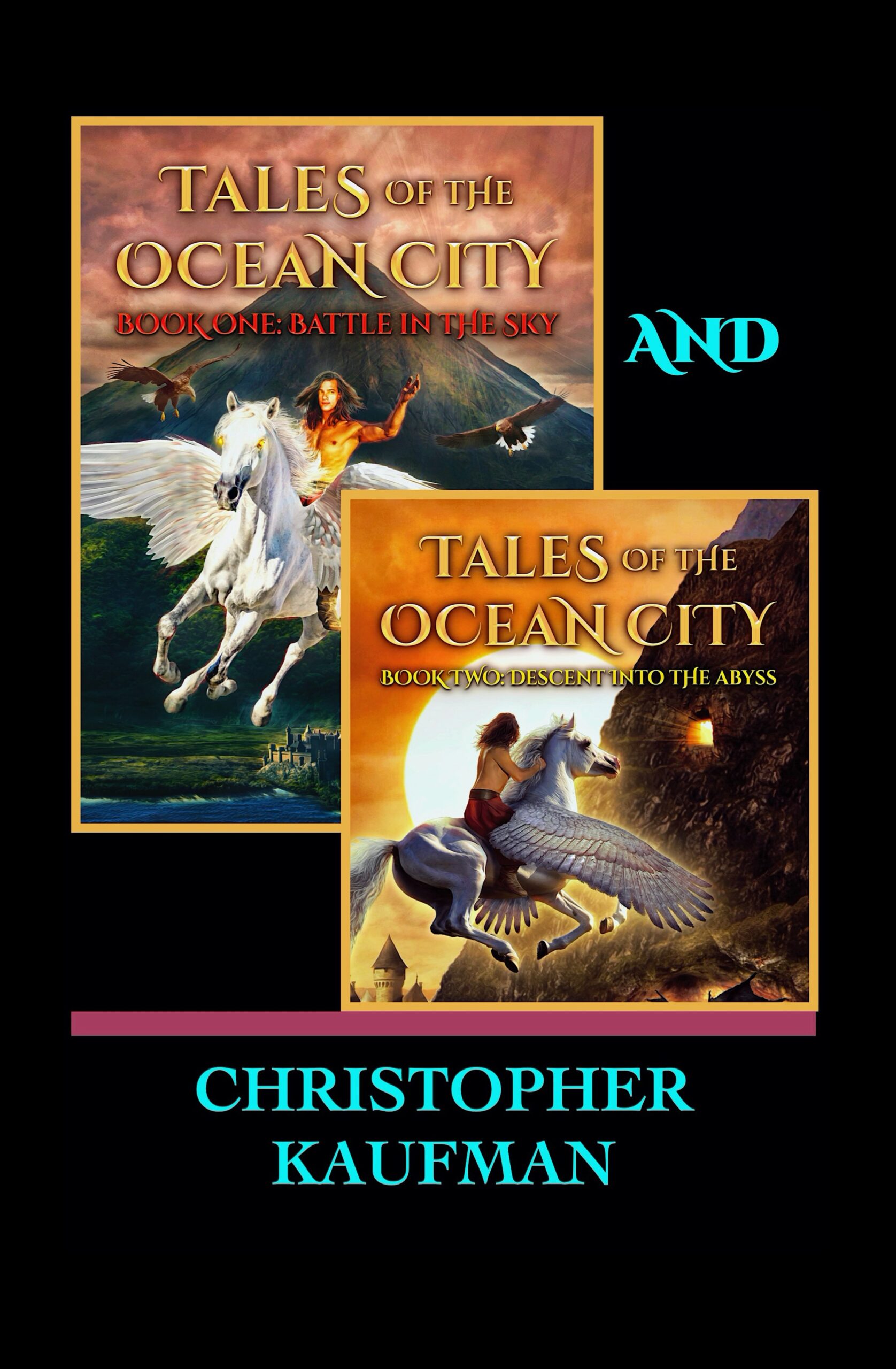
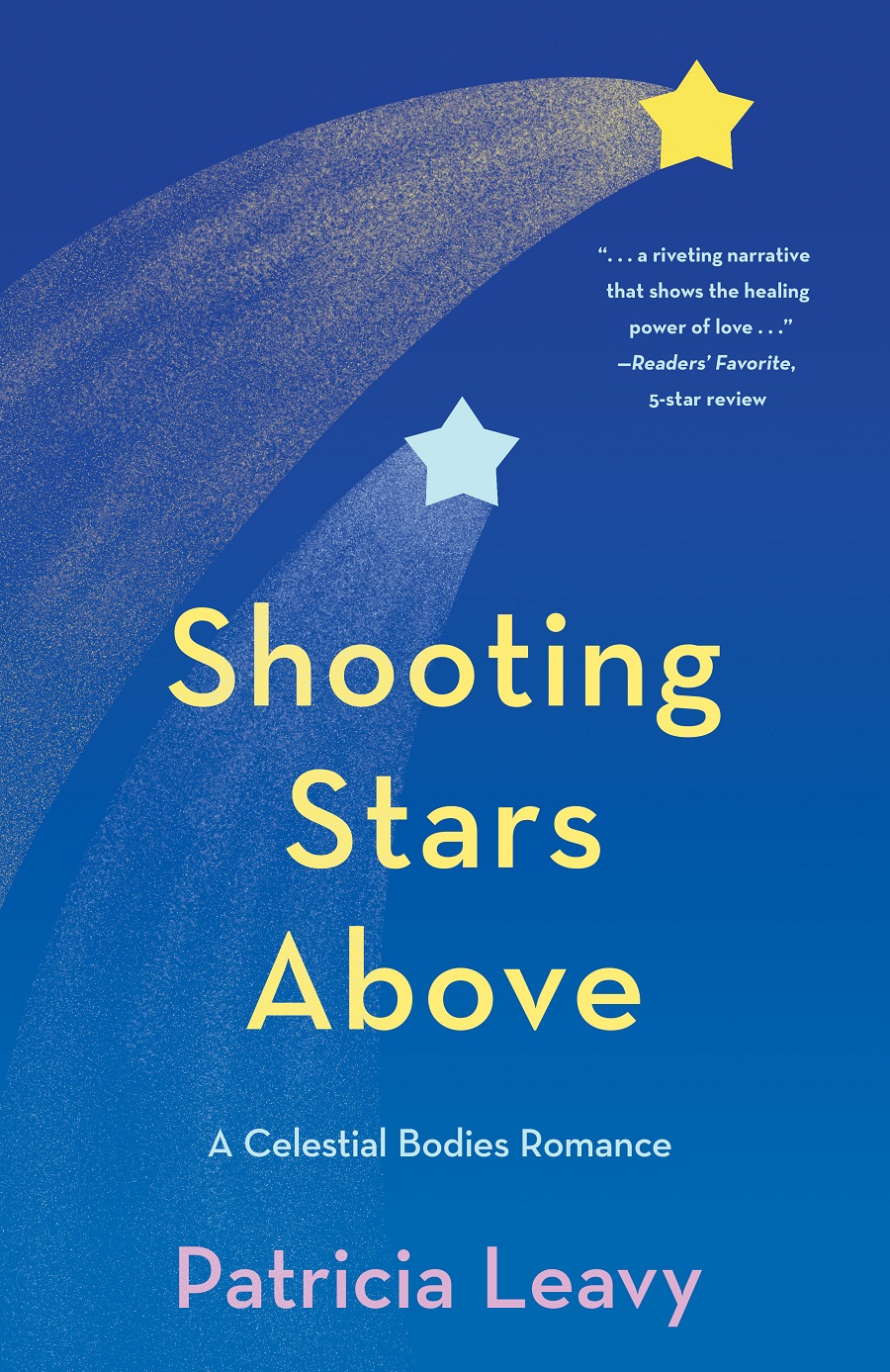
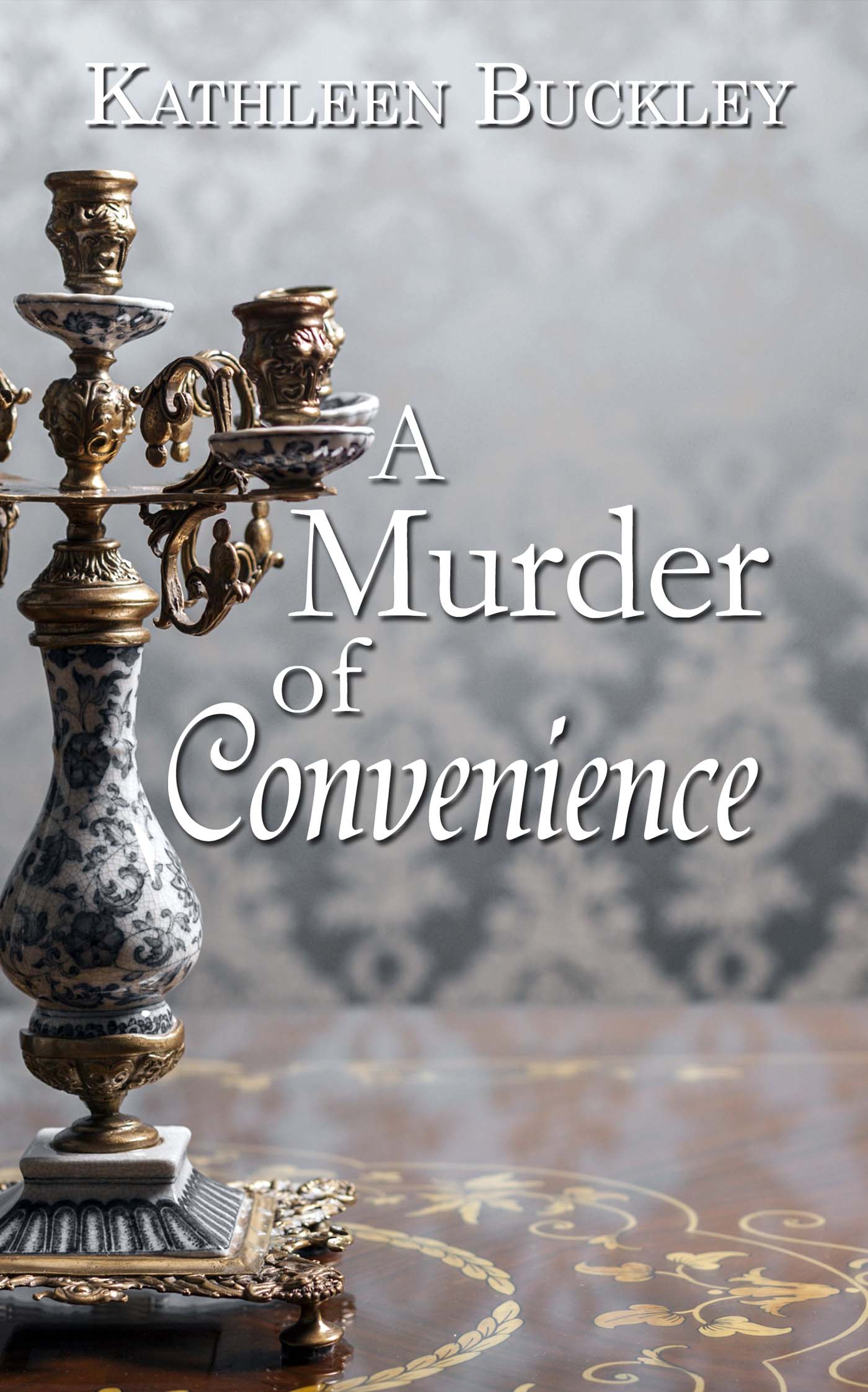

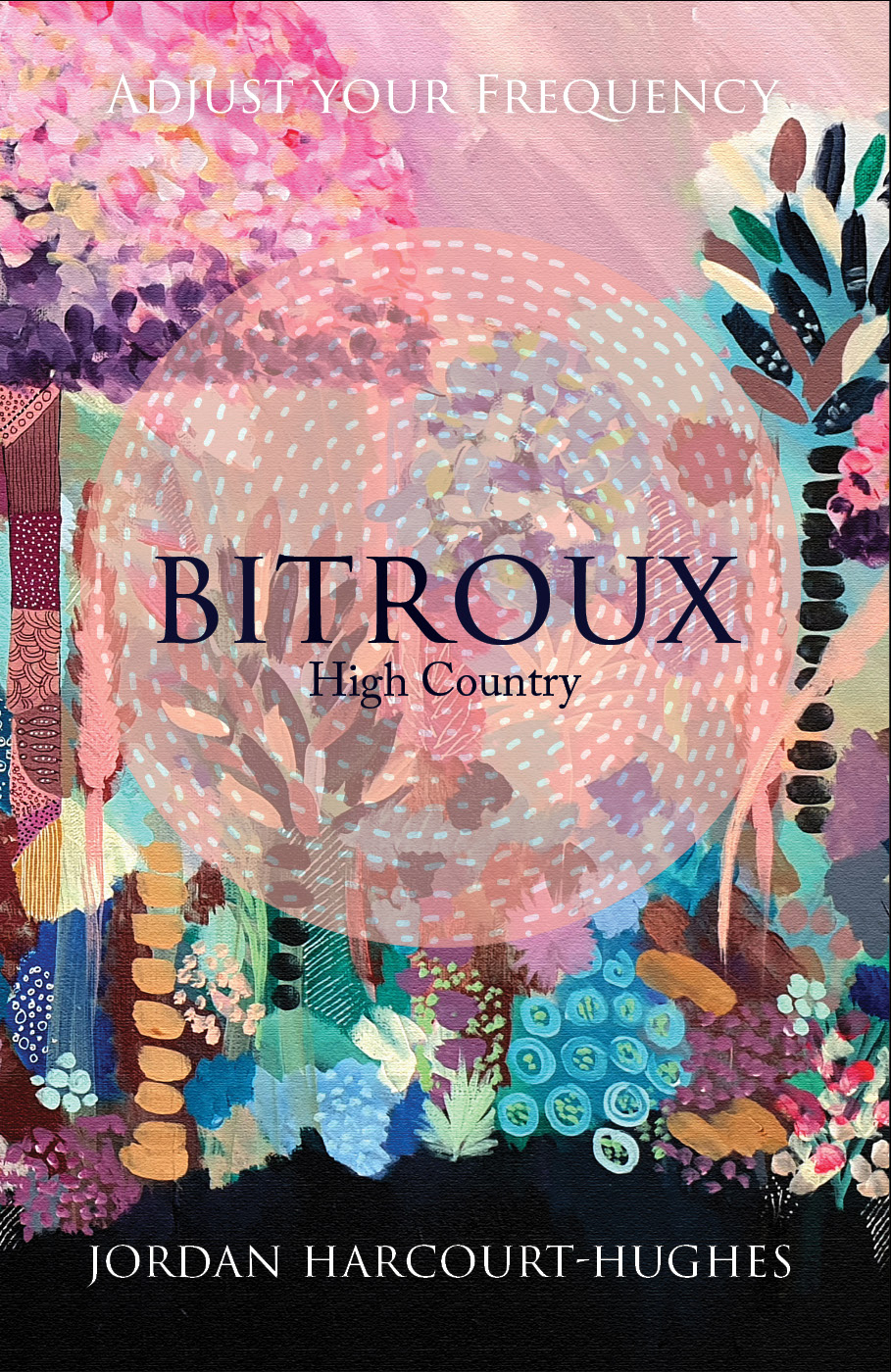
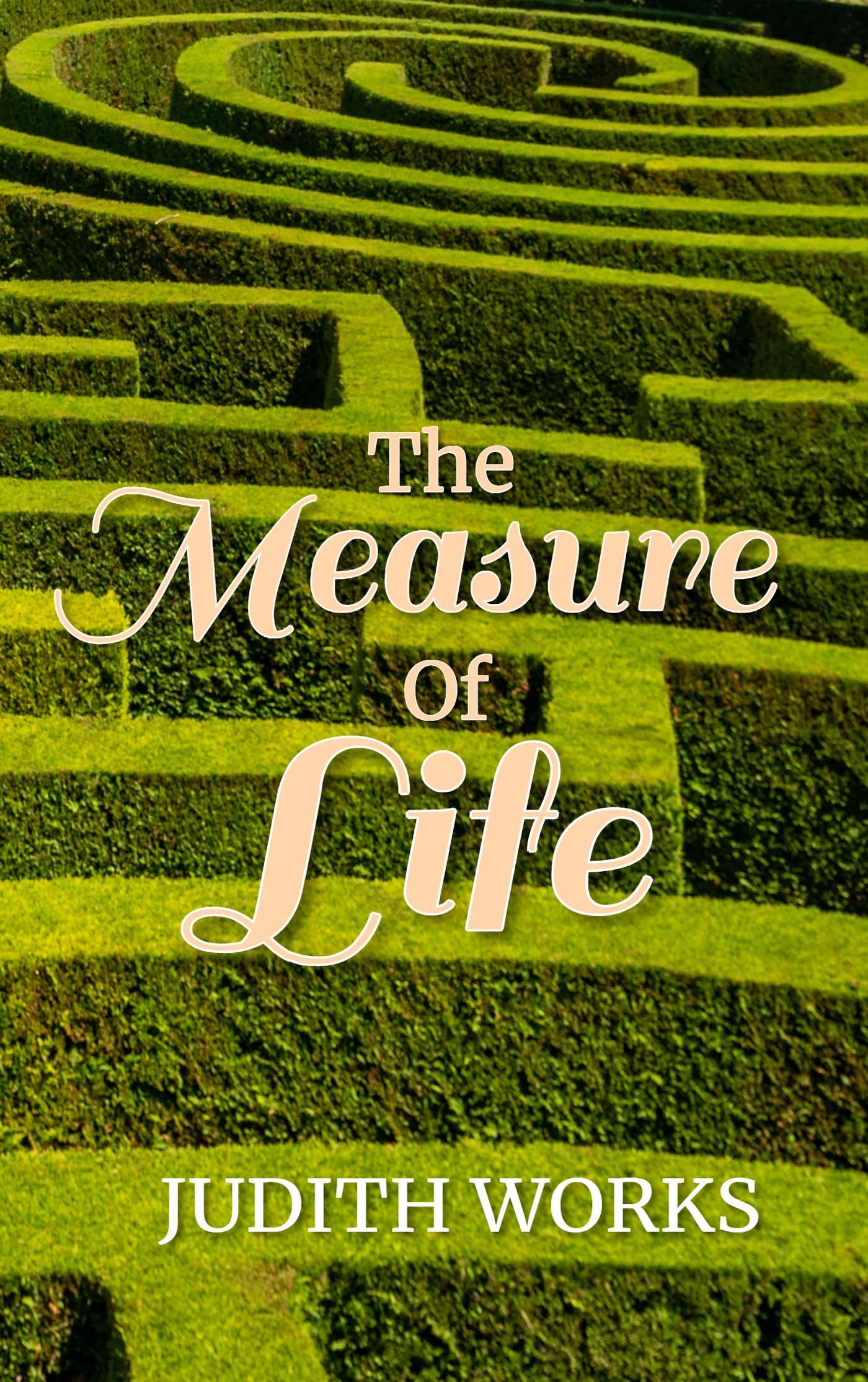

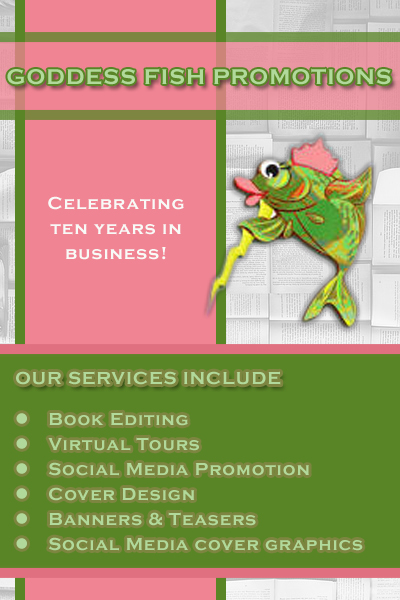
Thanks for hosting!
Thanks for featuring my book!
Did you have to do any research when preparing to write your book?
Yes! I read master forger Eric Hebborn’s memoir, Drawn to Trouble, learned all about the Isabella Gardner Museum heist of 1990, including the latest theories about the case, and looked into the establishment of the FBI Art Theft Program…etc! Thanks for your interest!
It’s been great getting to discover your book and share with the readers in my family. Thank you and thanks for the giveaway.
Thanks for your interest, James!
Great post – thanks for sharing!
Thanks for your interest, Victoria!
Oh, I’m hooked by the excerpt! Sounds great!
Thanks, Rosie! I appreciate your interest!